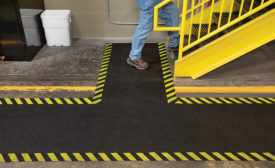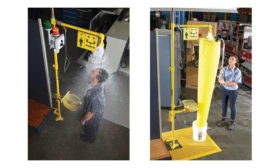Safety Training & Incentives
Friendly persuasion beats negative safety training lectures
Safety needs a “common language”
August 1, 2019
Implement a floor safety plan to prevent slips, trips & falls
Daily housekeeping required
August 1, 2019
Train workers to accurately see hazards & report what they find
The Hazard Hunt will never be the same
July 29, 2019
Never miss the latest news and trends driving the safety industry
eNewsletter | Website | eMagazine
JOIN TODAYCopyright ©2024. All Rights Reserved BNP Media.
Design, CMS, Hosting & Web Development :: ePublishing










